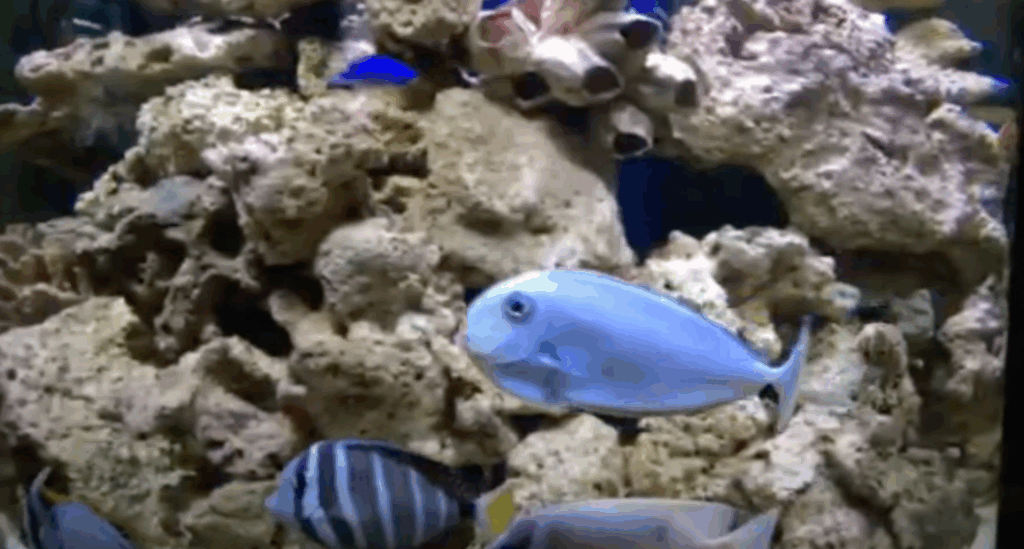Transporting temperature-sensitive fish, particularly those requiring cooler environments, demands meticulous planning to ensure optimal conditions are maintained throughout the journey. This is especially critical for species like cold-water tropical fish, salmonids (e.g., trout and salmon), or certain ornamental fish which can suffer stress or mortality if exposed to temperature fluctuations.
Packing With Ice Packs
 The best approach involves a combination of insulated containers, top-rated ice packs, and careful handling procedures. The cornerstone of this strategy is a high-quality insulated shipping container—typically made of thick Styrofoam or polyurethane foam—housed within a durable corrugated cardboard outer box. These materials provide insulation against ambient temperature changes, minimizing heat gain or loss during transport. Within the container, fish are packed in breathable, water-filled plastic bags, each containing a mix of oxygen and water to support respiration. These bags are tightly sealed and cushioned to prevent movement.
The best approach involves a combination of insulated containers, top-rated ice packs, and careful handling procedures. The cornerstone of this strategy is a high-quality insulated shipping container—typically made of thick Styrofoam or polyurethane foam—housed within a durable corrugated cardboard outer box. These materials provide insulation against ambient temperature changes, minimizing heat gain or loss during transport. Within the container, fish are packed in breathable, water-filled plastic bags, each containing a mix of oxygen and water to support respiration. These bags are tightly sealed and cushioned to prevent movement.
How To Maintain Temperature
The critical element in maintaining cool temperatures lies in the choice and placement of ice packs. Top-rated ice packs, such as phase-change packs or long-duration gel packs, are engineered to maintain specific temperature ranges longer than traditional frozen water packs. Many are designed to hold temperatures around 2–8°C (35–46°F), which is ideal for many cold-water species. These packs should be pre-frozen to the recommended temperature, typically at least 24 hours before use, and distributed evenly around the cargo—top, bottom, and sides—to create a stable microclimate. Importantly, the packs should never be in direct contact with the fish bags, as this could cause localized freezing and harm the fish; a layer of insulation, such as newspaper or bubble wrap, should be used to buffer the cold.
Transportation Logistics
 Efficient transport logistics further play a role in maintaining temperature stability. Using overnight or express shipping reduces exposure time and helps maintain the integrity of the cold chain. Timing shipments to avoid extreme external temperatures—such as avoiding afternoon pickups in summer—can also enhance outcomes. Finally, clear labeling and handling instructions ensure carriers know the contents are perishable and require careful treatment. In summary, the best way to transport temperature-sensitive fish involves a coordinated system using insulated containers, top-tier ice packs, buffer materials, and careful logistical planning. When properly executed, this method minimizes thermal stress, maintains optimal fish health, and ensures successful arrival at the destination.
Efficient transport logistics further play a role in maintaining temperature stability. Using overnight or express shipping reduces exposure time and helps maintain the integrity of the cold chain. Timing shipments to avoid extreme external temperatures—such as avoiding afternoon pickups in summer—can also enhance outcomes. Finally, clear labeling and handling instructions ensure carriers know the contents are perishable and require careful treatment. In summary, the best way to transport temperature-sensitive fish involves a coordinated system using insulated containers, top-tier ice packs, buffer materials, and careful logistical planning. When properly executed, this method minimizes thermal stress, maintains optimal fish health, and ensures successful arrival at the destination.